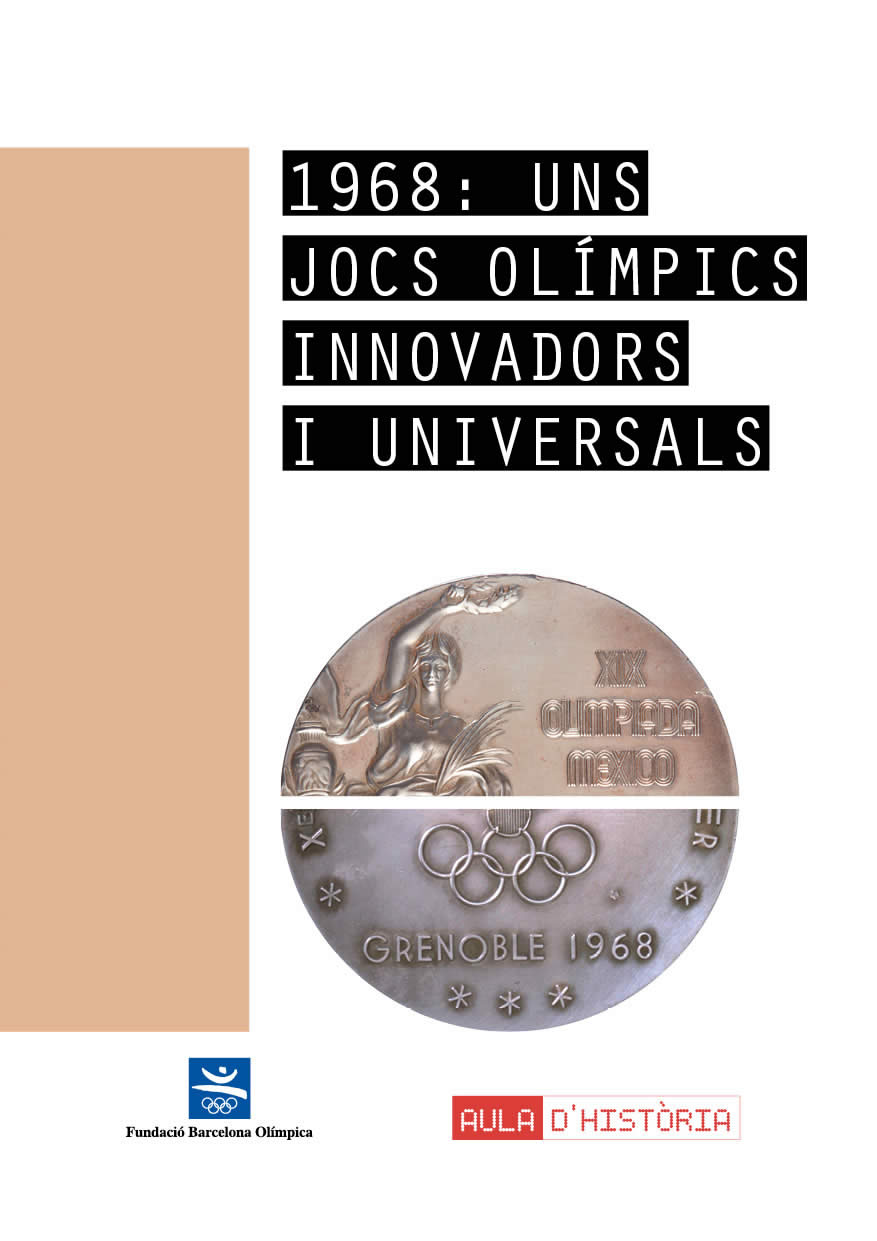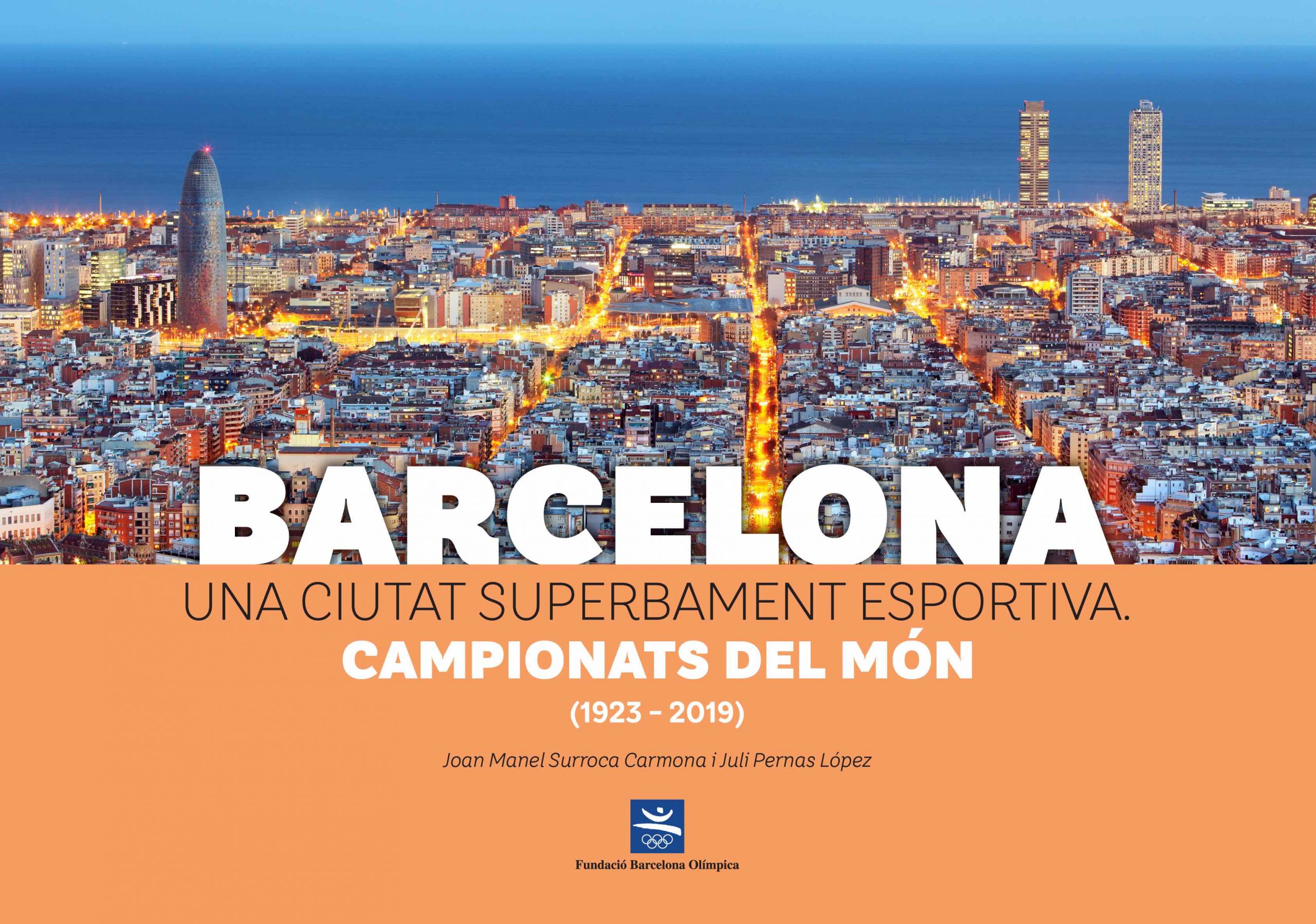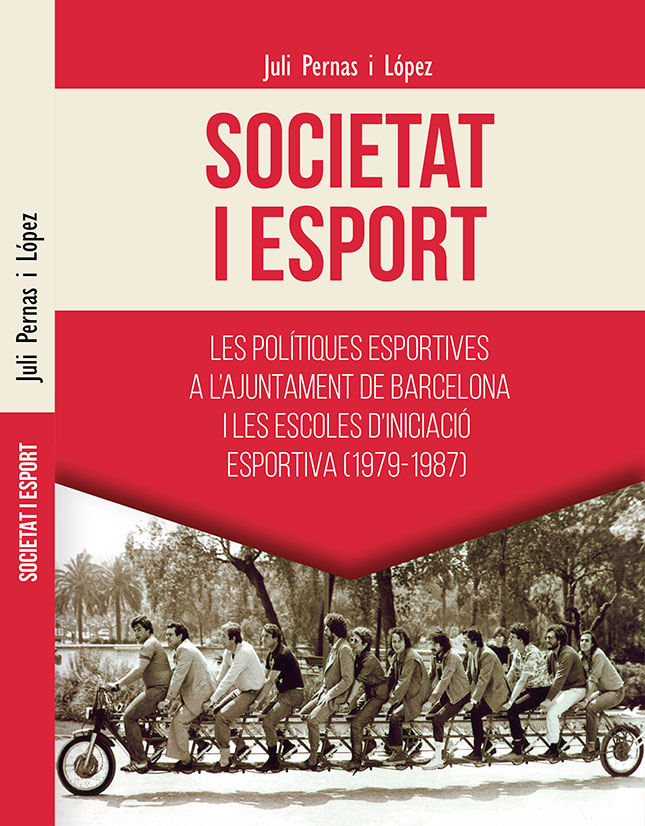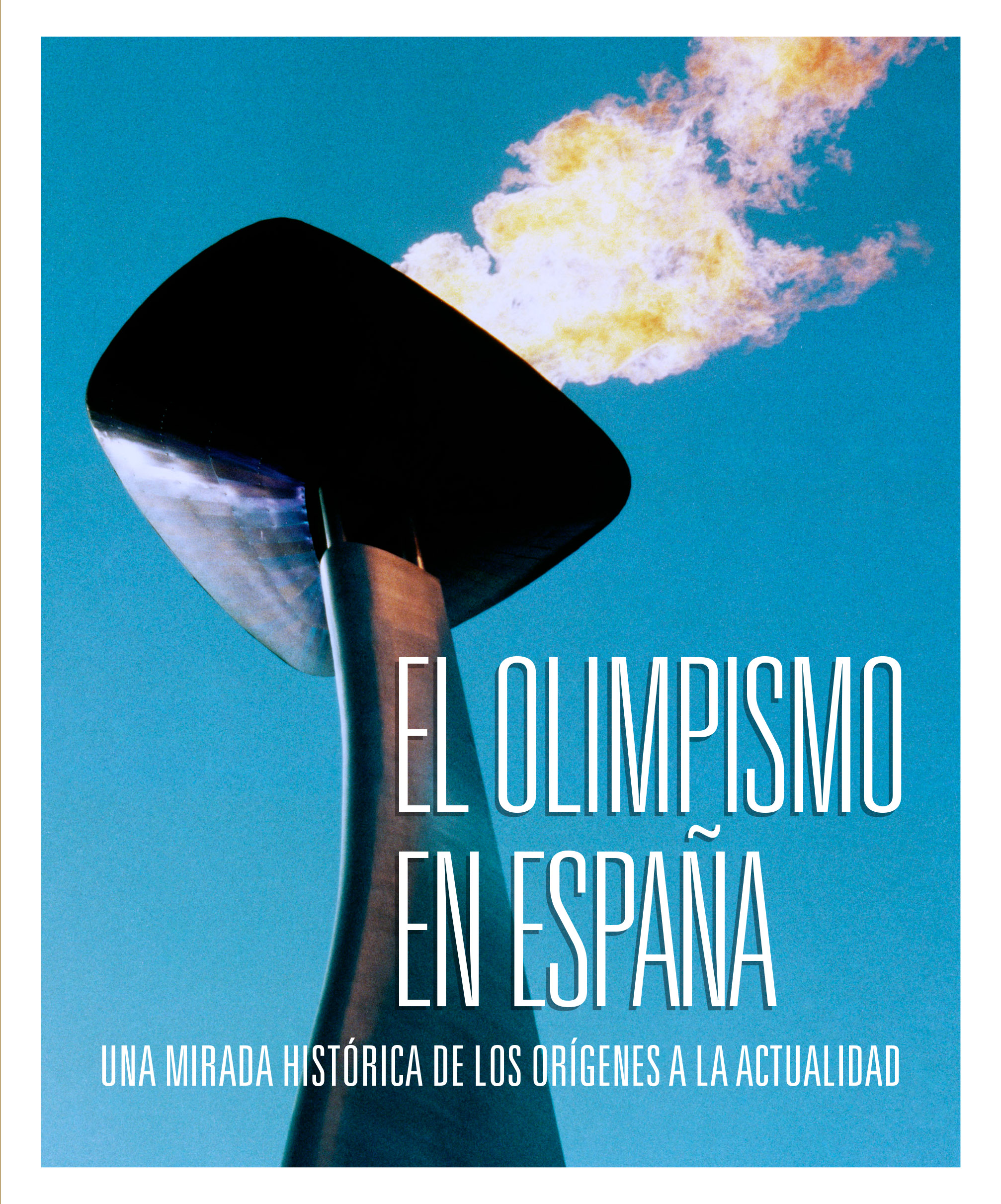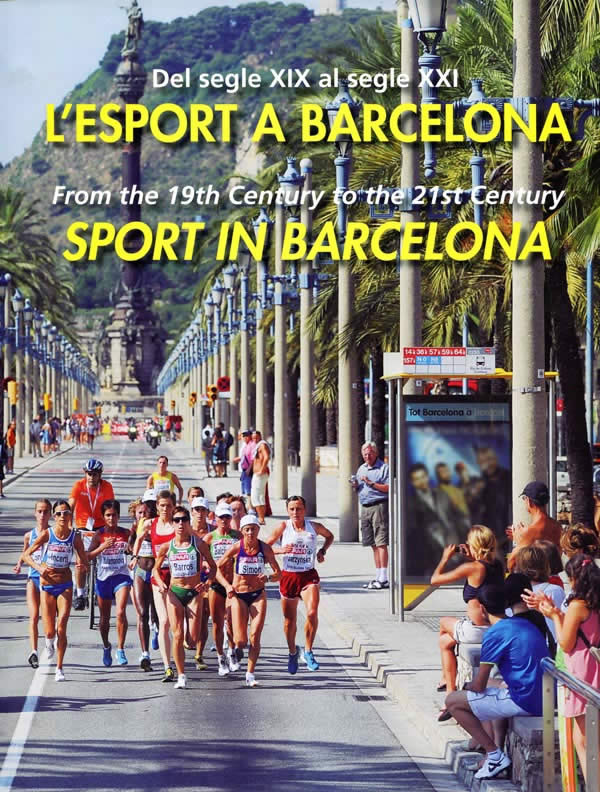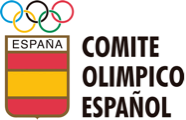With the perspective of time, we can describe the 1968 winter (in Grenoble) and summer (in Mexico City DF) Olympic Games as innovative and universal. They were celebrated in the context of a deep social transformation, in the shade of historical milestones like the May 1968 events in France, the Prague Spring, the Vietnam War, pacifism, hippie culture, the struggle for racial rights and the dark shadow of the brutal and unjustifiable massacre of the Plaza de las Tres Culturas. They were innovators for several reasons: in athletics the appearance of the tartan track replacing the ash track motivated that 22 world records were beaten up; the incorporation to the electronic timekeeping of the photo finish in the athletics and the touchpass in swimming, and the synchronization between the sport results and the electronic scoreboards. The progress of telecommunications and the use of the ATS3 satellite multiplied the live broadcast of the Games. For the first time, both anti-doping controls and sexual identity tests to women were applied. The Olympic identity program helped to consolidate the use of pictograms as a universal communication element. The 1968 Games left us images for history such as Bob Beamon’s fabulous jump, the “Forsbury flop” or, in one of the most impressive moments in Olympic history, those African-American athletes vindicating their civil rights during the medals ceremonies.

